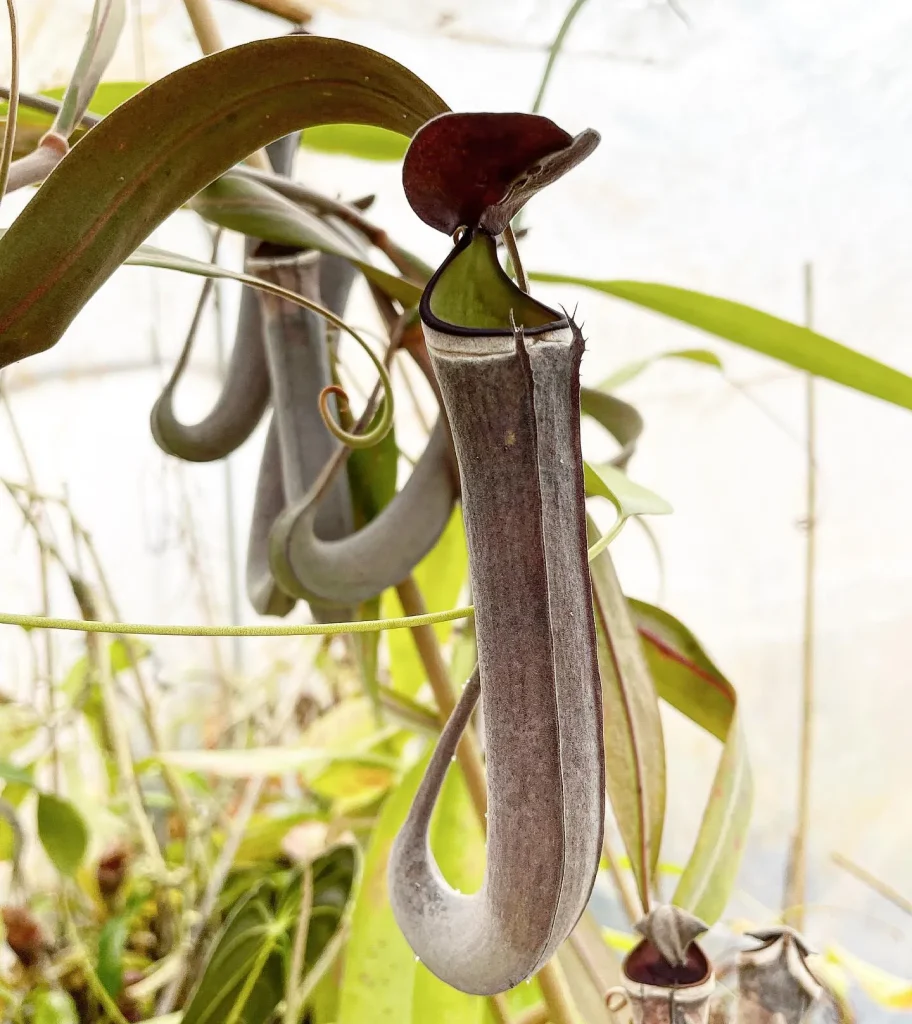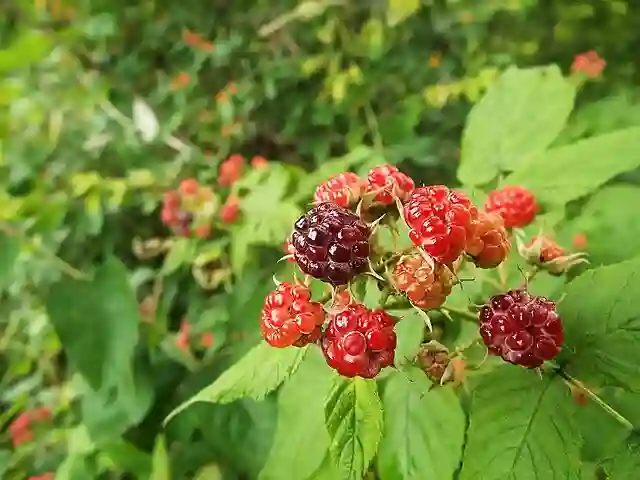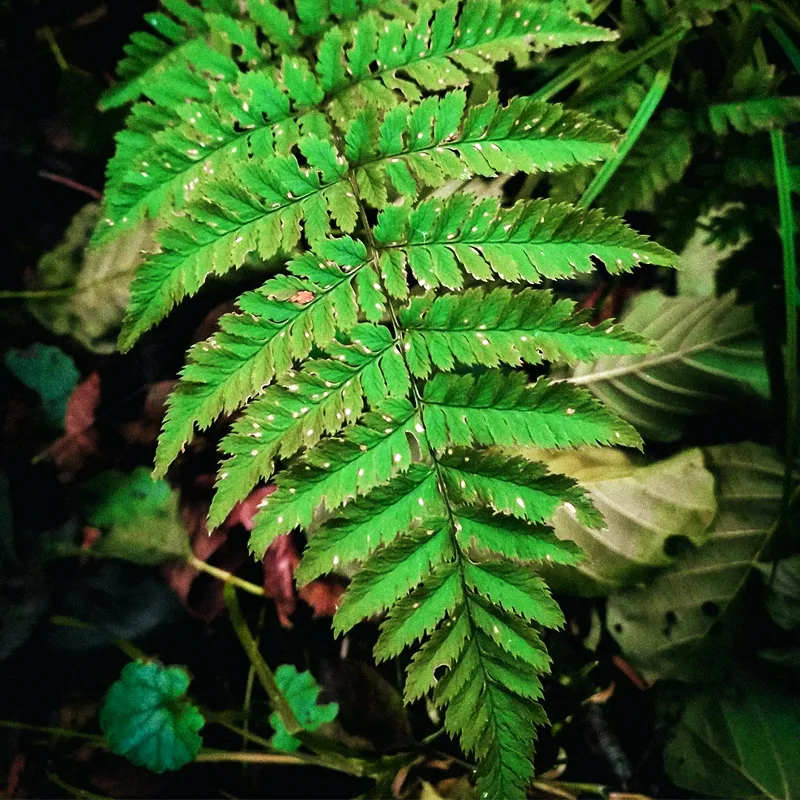Annona Glabra: FAQs and Essential Information
As an avid plant enthusiast, I’ve found Annona Glabra, commonly known as the Pond Apple, to be an intriguing addition to any plant collection. This tropical tree, native to the Americas, thrives in wet environments and can make a unique statement in your garden or indoor space. Here, I’ll answer some frequently asked questions about Annona Glabra and offer some tips on how to grow and care for this fascinating plant.
173 Species in Genus Annona
What Is Annona Glabra?
Annona Glabra, or Pond Apple, is a tropical tree known for its large, leathery leaves and distinctive fruit. The fruit, which is somewhat similar in appearance to a custard apple, is green and can be quite large. It’s a versatile plant that can thrive in both aquatic and semi-aquatic environments, making it a great choice for water gardens or boggy areas.
How to Propagate Annona Glabra?
Propagating Annona Glabra can be an exciting project. Here’s a step-by-step guide based on my experience:
- Seed Collection: Start by collecting ripe seeds from mature fruit. The seeds need to be cleaned and dried before planting.
- Seed Preparation: Soak the seeds in water for 24 hours to enhance germination. This softens the seed coat and increases the chances of successful sprouting.
- Planting: Plant the seeds in a seed-starting mix or a light, well-draining soil. Plant them about 1 inch deep. If you’re using a pot, ensure it has good drainage.
- Germination Conditions: Place the pot in a warm, sunny location. Annona Glabra seeds require consistent moisture and warmth to germinate. Maintain temperatures between 70-85°F (21-29°C).
- Transplanting: Once the seedlings have grown to a few inches tall and developed a few sets of leaves, you can transplant them into larger pots or directly into the ground if the climate permits.
How Are Annona Glabra Seeds Dispersed?
Annona Glabra seeds have an interesting dispersal method. In their natural habitat, they are often dispersed by water. The fruit floats on the surface of water bodies, and the seeds are carried away to new locations. This natural dispersal mechanism is particularly effective in wetlands and areas with frequent flooding.
Where to Buy Annona Glabra?
Finding Annona Glabra can be a bit of a treasure hunt. Here’s where you might start:
- Specialty Nurseries: Look for tropical or exotic plant nurseries that specialize in rare and unusual plants. They are more likely to carry Annona Glabra or be able to order it for you.
- Online Retailers: Websites like Amazon, eBay, and specialized plant retailers often have Annona Glabra seeds or seedlings available for purchase. Make sure to read reviews and check seller ratings to ensure you’re getting a quality product.
- Plant Shows and Expos: Attending local plant shows or expos can be a great way to find Annona Glabra. Vendors at these events often carry unique and hard-to-find plants.
How to Care for Annona Glabra?
Caring for Annona Glabra involves understanding its natural habitat. Here’s a quick guide:
- Watering: Annona Glabra thrives in moist conditions. If growing it in a pot, ensure it’s in a water tray or a location where the soil remains consistently moist.
- Light: It prefers full sun to partial shade. In tropical regions, it can handle full sun exposure, but in cooler climates, some protection from the harsh afternoon sun is beneficial.
- Soil: Use a well-draining soil mix. While it can grow in wet conditions, good drainage helps prevent root rot and keeps the plant healthy.
- Fertilizing: Regular fertilization with a balanced fertilizer will support healthy growth. During the growing season, feed it monthly for best results.
Can You Grow Annona Glabra Indoors?
Growing Annona Glabra indoors can be challenging but not impossible. If you’re in a non-tropical climate, consider the following:
- Light Requirements: Ensure the plant gets enough light. A south-facing window or a grow light can provide the necessary sunlight.
- Humidity: Annona Glabra prefers high humidity. You might need to use a humidity tray or a room humidifier to create a suitable environment.
- Space: It’s a large plant, so make sure you have enough space for it to grow comfortably.
Is Annona Glabra Toxic?
Annona Glabra is not known to be highly toxic, but it’s always best to keep it away from pets and small children. The fruit and leaves are generally considered safe but might cause mild digestive upset if ingested in large quantities.
Common Problems and Solutions
1. Root Rot: Inadequate drainage can lead to root rot. Ensure proper soil and pot drainage.
2. Pest Issues: Watch for pests like scale insects or aphids. Regularly check your plant and treat any infestations promptly.
3. Leaf Drop: If your Annona Glabra is losing leaves, it might be due to a sudden change in environment or inadequate watering. Make adjustments to care and monitor the plant’s response.
Comparing Annona Glabra with Similar Plants
If you’re considering alternatives, you might look at similar tropical fruit trees such as Annona Squamosa (Sugar Apple) or Annona Muricata (Soursop). These plants share some similarities in care and habitat but differ in fruit flavor and appearance.
Annona Glabra is a remarkable plant with its unique characteristics and care requirements. Whether you’re adding it to your garden or trying to grow it indoors, understanding its needs will help you achieve success. Enjoy your gardening journey with Annona Glabra!
If i die, water my plants!



